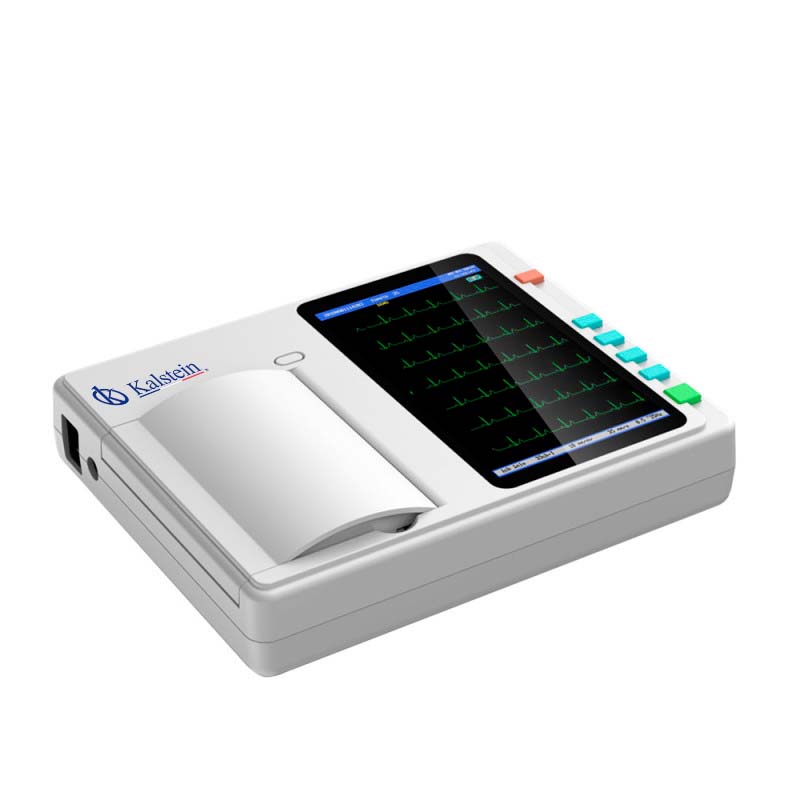Calcium (Ca) is an alkaline earth metal that has important functions in the body. This metal, which circulates in the blood, is 45% bound to plasma proteins, mainly albumin, and 15% to small anions. The remaining 40% of circulating calcium is in its ionic form. This means that it can be measured, on the one hand:
- Total calcium (standard value: 8.5-10.5 mg/dl or 2.12-2.62 mmol/l).
- Ionized calcium (standard value: 4.65-5.25 mg/dl or 1.16-1.31 mmol/l).
In calcium deficiency or hypocalcemia, the body lacks the mineral calcium. Doctors speak of calcium deficiency when the concentration of total calcium in the blood falls below 2.2 mmol/l. As the name suggests, calcium deficiency means that the body does not receive enough calcium. Adults need about 1000 mg of calcium per day.
Pregnant and lactating women, as well as growing children and adolescents, need something extra. The additional need for calcium can be covered by dairy products, but only if there is no allergy to cow’s milk or lactose intolerance. Soy and soy products are also particularly rich in calcium, as are green vegetables such as kale, broccoli or fennel.
What are the causes of hypocalcemia?
Hypocalcemia is classically seen with functional parathyroid hormone deficiency, either as absolute parathyroid hormone deficiency (primary hypoparathyroidism), after parathyroidectomy or related to a pseudohypoparathyroid syndrome. Other causes of hypocalcemia are:
- Vitamin D deficiency.
- Congenital disorders of calcium metabolism.
- Chronic renal failure.
- Acute pancreatitis.
- Rhabdomyolysis.
- Sepsis.
Hypocalcemia is frequently observed in critically ill patients, with a reported incidence of up to 50%. In addition, hypocalcemia is often associated with hypomagnesemia. Neuromuscular irritability is the cardinal feature of hypocalcemia, with carpal-pedal spasm being the classic physical sign that may progress to frank tetany, laryngospasm, or tonic-clonic seizure activity.
How is hypocalcemia diagnosed with an electrocardiograph?
The most common electrolyte abnormalities affecting the electrocardiogram include potassium, calcium and magnesium disturbances. Electrolyte imbalances affect the depolarization and repolarization phases of the action potential of the cardiac cycle by altering the potentials across the cell membranes of cardiac myocytes. Although each electrolyte and its associated abnormalities can be discussed separately, it is important to remember that combined disturbances occur and that there is a dynamic physiological interaction between these cations.
The main electrocardiographic manifestation of hypocalcemia is QTc interval lengthening. Hypocalcemia prolongs phase 2 of the action potential with an impact modulated by the rate of change of serum calcium concentration and myocyte calcium channel function. Prolongation of the QTc interval is associated with early afterpolarizations and triggered dysrhythmias. Torsades de pointes can be triggered by hypocalcemia, but is much less frequent than with hypokalemia or hypomagnesemia.
While electrocardiographic conduction abnormalities are common, severe dysrhythmias induced by hypocalcemia, such as heart block and ventricular dysrhythmias, are infrequent. The development of dysrhythmias is usually associated with other comorbidities such as structural heart disease, ischemia, or in association with pharmacological treatment (e.g., digitalis, catecholamines).
Severe symptoms and life-threatening dysrhythmias require immediate treatment with parenteral calcium salts. In addition, correction of associated electrolyte abnormalities such as hypomagnesemia, phosphate abnormalities and acidemia may be necessary. For chronic hypocalcemia, oral vitamin D and calcium supplements may be administered. be administered for chronic hypocalcemia.
Kalstein’s electrocardiograph for the diagnosis of hypocalcemia
Kalstein allows to visualize on its LCD screen the electrocardiogram as it is being obtained, has a thermal printing system, low noise level and lifetime warranty. For more information about this equipment, such as prices, purchase or quotation request you can check HERE.

